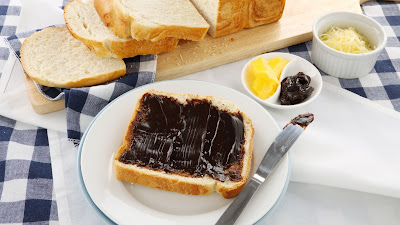Aquaculture; Farming of Aquatic Organisms under Managed and Partially Controlled Conditions
 |
Aquaculture is a technique of farming aquatic species such as fish, crustaceans, and other flora and fauna species. It is technique of breeding, raising, and harvesting fish, shellfish, and aquatic plants. Aquaculture involves natural or controlled cultivation of fish, shellfish, and seaweed in freshwater and marine environments. Marine aquaculture refers specifically to the culturing of oceanic species (as opposed to freshwater). Examples of marine aquaculture production include clams, oysters, mussels, salmon, shrimp, and algae.
The farming of fish is the most common form of aquaculture. It involves raising fish in tanks, fish ponds, or ocean enclosures, usually for food. Marine fish farming is typically done in net pens in the water or in tanks on land. While freshwater aquaculture produces species such as catfish and trout, and primarily takes place in pond or other manmade systems. Some examples of aquaculture include raising catfish and tilapia in freshwater ponds, growing cultured pearls, and farming salmon in net-pens set out in a bay.
Aquaculture is term used to define the activity of fish farming. Aquaculture farming involves more than 580 species that are currently farmed all over the world. Worldwide, fisheries and aquaculture production is an important source of accessible nutritious food, and a basis of livelihoods. Eating fish is a part of cultural traditions of many individuals and in terms of health benefits, it has an excellent nutritional profile. It is a good source of vitamins, protein, minerals, fatty acids, and essential micronutrients.
Thus, there is an increasing demand for seafood across the globe. According to the National Oceanic and Atmospheric Administration (NOAA), the United States imports 70 to 85% of its seafood, and nearly 50% of this imported seafood is produced via aquaculture. Moreover, as per the Food and Agriculture Organization (FAO) of the United Nations, total fish production is expected to expand from 179 million tons in 2018 to 204 million tons in 2030.
The farming of fish is the most common form of aquaculture. It involves raising fish in tanks, fish ponds, or ocean enclosures, usually for food. Marine fish farming is typically done in net pens in the water or in tanks on land. While freshwater aquaculture produces species such as catfish and trout, and primarily takes place in pond or other manmade systems. Some examples of aquaculture include raising catfish and tilapia in freshwater ponds, growing cultured pearls, and farming salmon in net-pens set out in a bay.
Aquaculture is term used to define the activity of fish farming. Aquaculture farming involves more than 580 species that are currently farmed all over the world. Worldwide, fisheries and aquaculture production is an important source of accessible nutritious food, and a basis of livelihoods. Eating fish is a part of cultural traditions of many individuals and in terms of health benefits, it has an excellent nutritional profile. It is a good source of vitamins, protein, minerals, fatty acids, and essential micronutrients.
Thus, there is an increasing demand for seafood across the globe. According to the National Oceanic and Atmospheric Administration (NOAA), the United States imports 70 to 85% of its seafood, and nearly 50% of this imported seafood is produced via aquaculture. Moreover, as per the Food and Agriculture Organization (FAO) of the United Nations, total fish production is expected to expand from 179 million tons in 2018 to 204 million tons in 2030.


%20Treatment%20Market.jpg)
Comments
Post a Comment